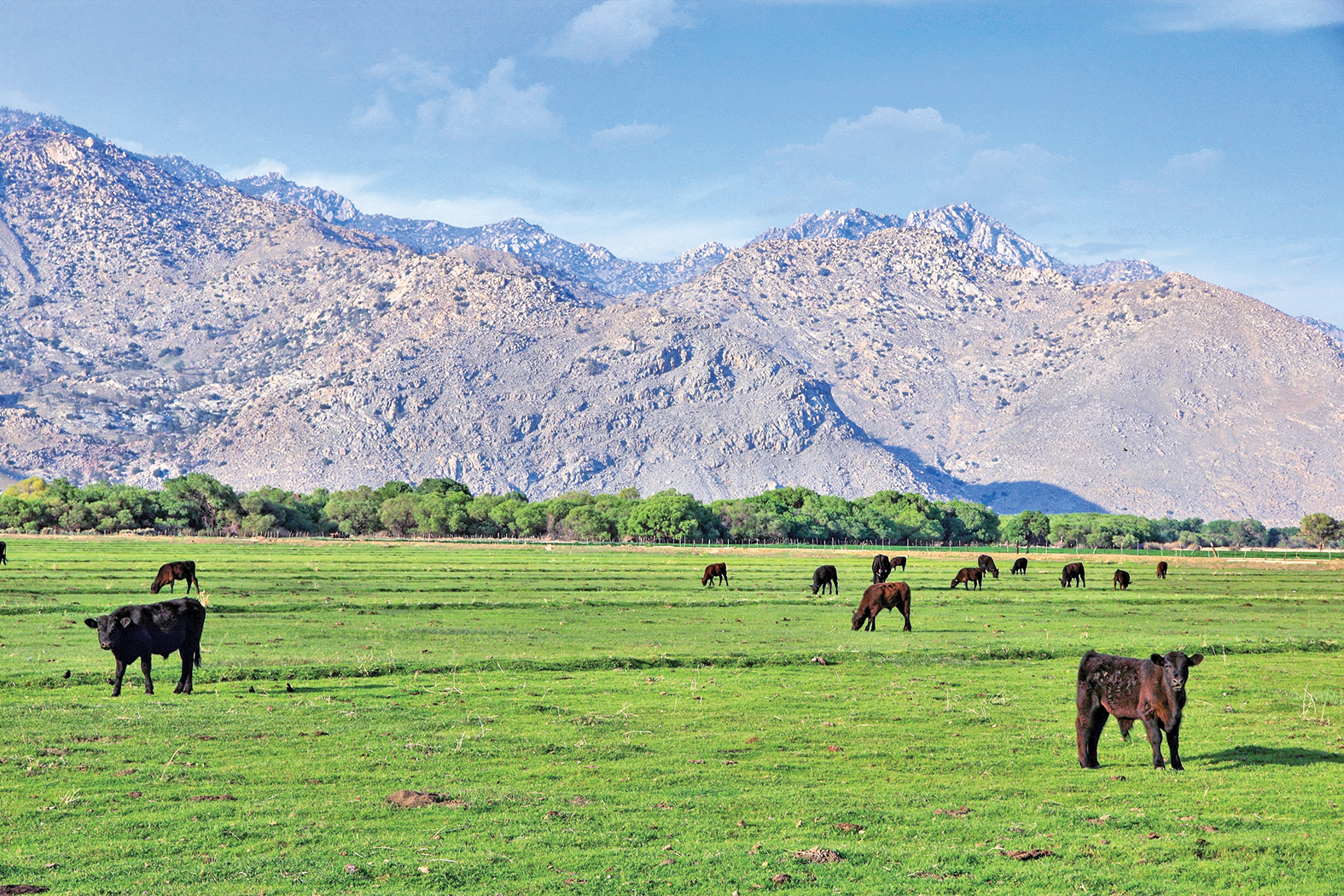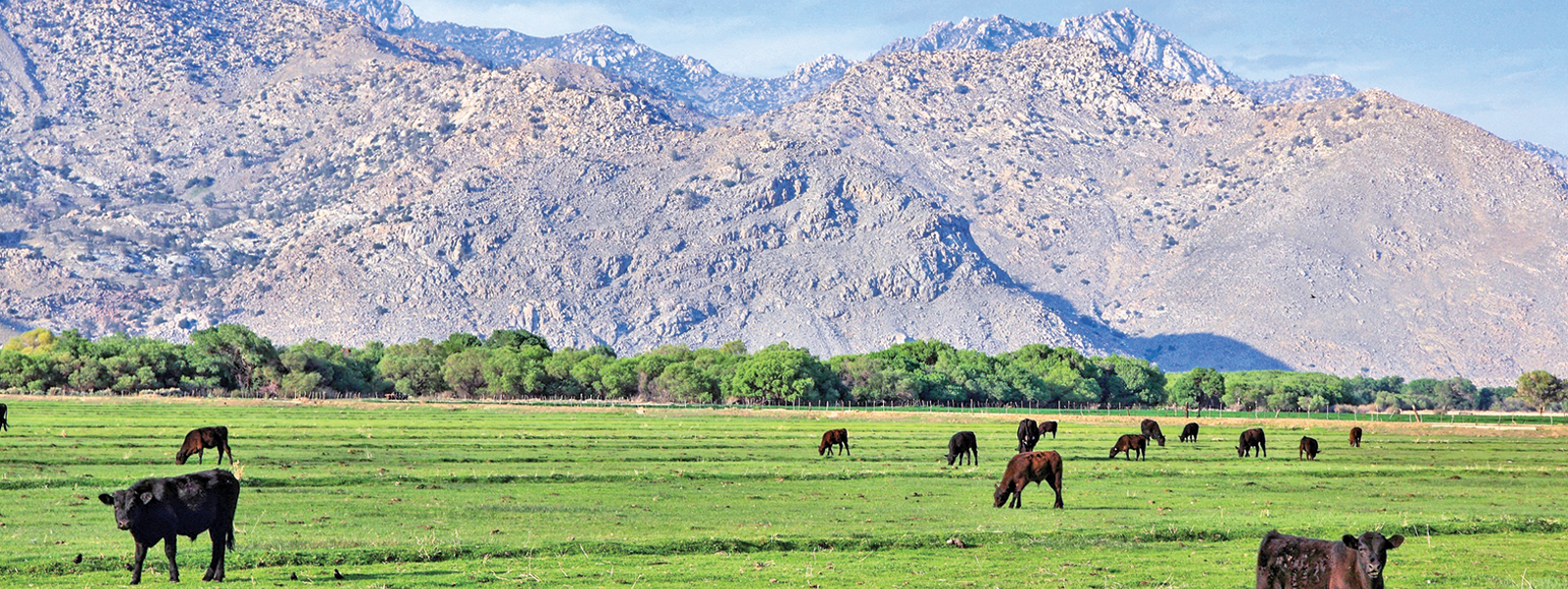Commentary: Ranchers blindsided by 'conservation lease' scheme

Cattle grazing, such as near the Scodie Mountains in Kern County, provides multiple ecological benefits. But a U.S. Bureau of Land Management plan raises concerns for grazing leases.


By Zippy Duvall
I love visiting the great American West. Every time, I leave in awe of all I have seen. I am not a stranger to diverse landscapes coming from my home state of Georgia, with its mountains, forests and coastline. But the West is truly unique, not only in the landscape but in how ranchers serve as caretakers of our shared public lands.
The U.S. Bureau of Land Management is proposing significant changes to how public lands are managed, and we are looking at this closely to ensure ranchers can continue their critical work, keeping the land healthy for agriculture and natural wildlife. BLM recently released a proposal on “Conservation and Landscape Health” that really alters how multiple uses are balanced on public lands.
Among other things, the proposal creates a new “conservation lease” that it claims will strengthen the stewardship of America’s public lands. In California, the BLM manages over 660 livestock grazing allotments used by more than 550 permit or lease holders on 6 million acres.
On the surface, the term “strengthening stewardship” has a good ring to it. Ranchers are stewards of the land after all. They are on the frontlines, often the only folks for miles with eyes on the land and wildlife.
But this BLM proposal raises a lot of questions without providing much time for ranchers to get answers. Many are concerned that by making conservation a new “use” and issuing conservation leases, vast areas could be shut down from public use altogether. The public comment period, which is only 75 days in total, closes on June 20. Usually, big changes like these take months to years of conversations with interested stakeholders and many public hearings to ensure a sustainable, workable solution for all.
Ranchers are delivering a return on the trust placed in them to care for public lands. They are clearing debris, spotting wildfire risks and reporting other potential dangers to local law enforcement. Livestock grazing also brings overall health benefits to the land, from reducing wildfire risk and slowing the spread of invasive weeds to building robust root systems and spurring forage growth for native species.
The University of Wyoming Extension crunched the most recent U.S. Department of Agriculture Census numbers and found that for each pound of beef raised on public lands, Americans get 44 cents in ecosystem-related returns.
There are red flags both in policy and process from BLM. They are using vague language and coming up with their own new terms for public lands use. Ranchers don’t know what the impact will be on their current grazing leases or what happens when they are up for renewal.
What’s more, there are some areas out West where the lines of public and private land look a bit like a checkerboard. So, if a rancher suddenly cannot graze or move their livestock across neighboring public lands, they will quickly be out of feed and out of business.
Ranchers are already becoming an endangered species, if you will, out West with the rising cost of land and other challenges from water access to restrictions like these on public lands. One rancher in Colorado observed that in the region where he works, the number of ranch families is barely a third of what it was 30 or 40 years ago.
What makes this proposal even more of a tough pill to swallow is that ranchers have traditionally worked closely with BLM. It’s truly been a partnership, but ranchers were blindsided by this proposal. Western ranchers have been caring for the land for decades, if not centuries, for some families. Their work is critical not only to the nation but also to their local, rural communities. A rule of this magnitude should provide the broadest opportunity for feedback, especially given the impact on those local communities.
Farm Bureau is actively engaging on this issue. We are urging BLM to extend the comment period, and we will submit comments highlighting our concerns on behalf of our rancher members. We are also working with members of Congress to pass legislation that would send BLM back to the drawing board.
Most importantly, it is time for BLM and lawmakers to hear directly from ranchers. Ranchers, I urge you to share your story, share your concerns and talk with your lawmakers about the benefits your work brings to the land.
Stewardship is truly strengthened when farmers and ranchers have the flexibility we need to do right by the land. Stewardship is strengthened when farmers and ranchers have access to tools and incentives that help bolster their sustainability practices. The BLM can and should do better.
(Vincent “Zippy” Duvall, a poultry, cattle and hay producer from Georgia, is president of the American Farm Bureau Federation. This commentary first appeared in the June 7 edition of his column, The Zipline, which can be found at www.fb.org/the-zipline.)




